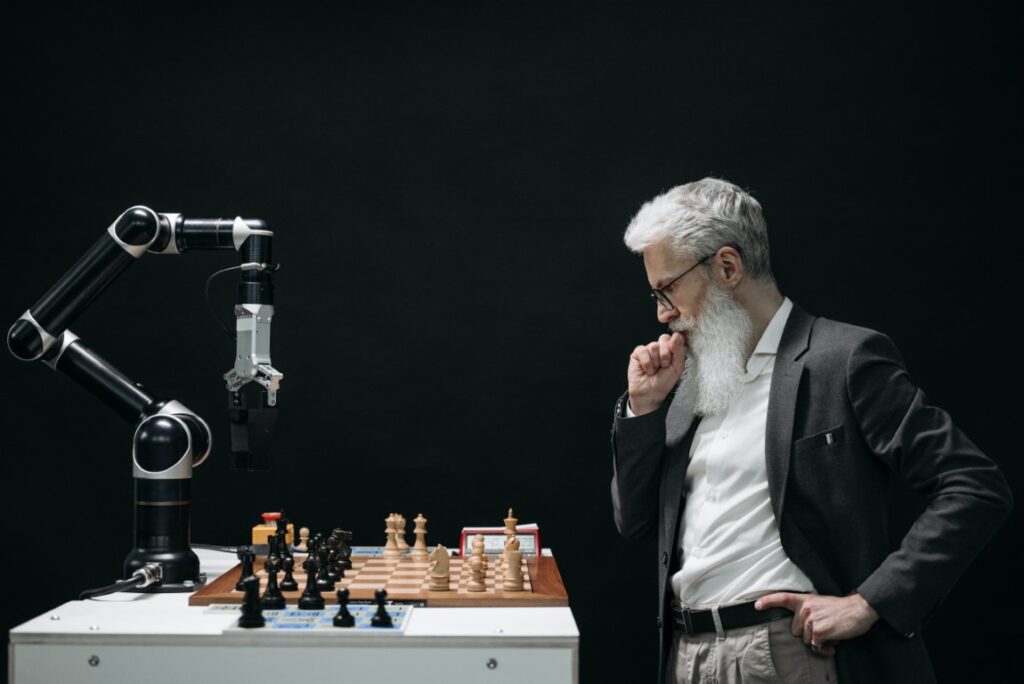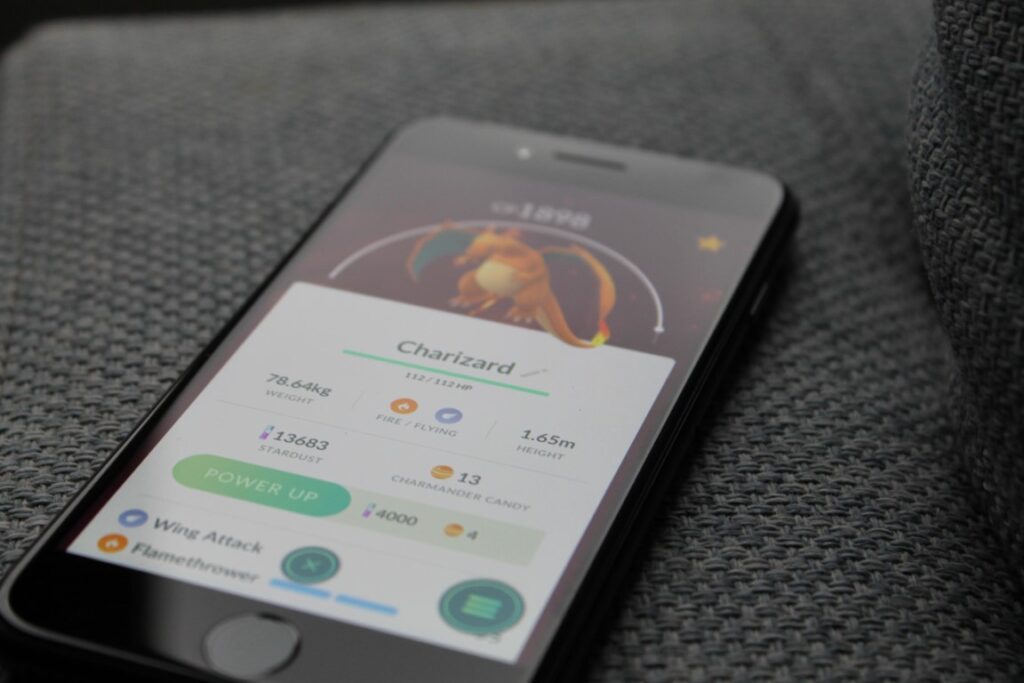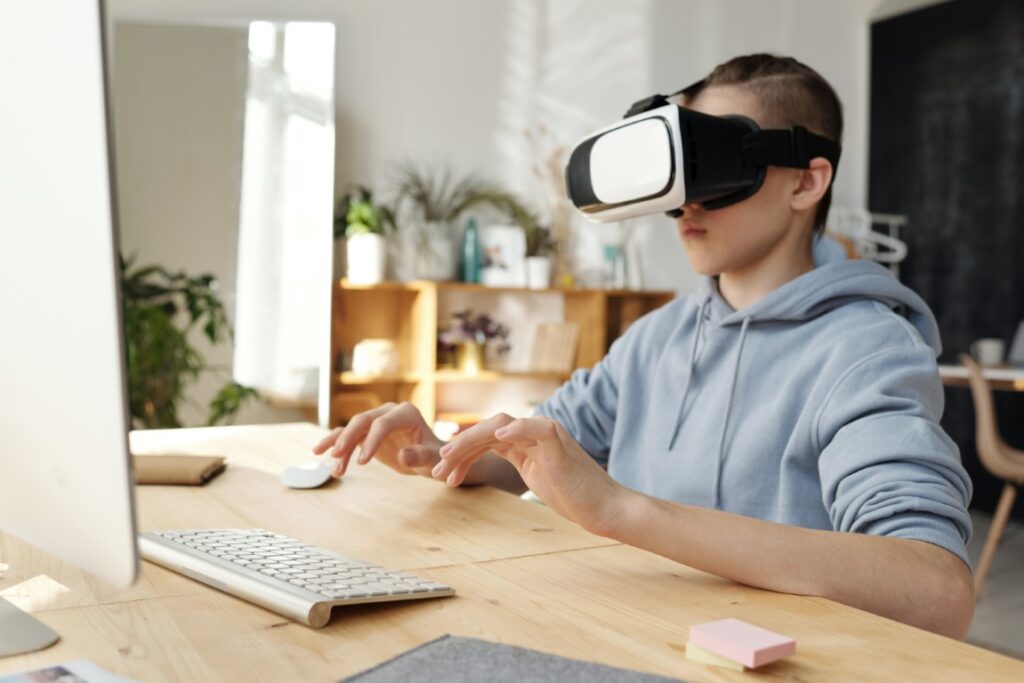Gamification is the use of game design to engage, motivate and convert customers. It’s a potent tool for marketers, but it’s crucial to comprehend what makes games enjoyable and how to use that understanding to your marketing plan. In this post, Unlock the power of gamification in marketing to engage, motivate, and convert customers with effective, interactive strategies. We’ll examine case studies from brands that have effectively employed gamification and examine how it functions. We’ll also go over why it helps businesses connect with consumers on an emotional level and persuade them to complete tasks or make purchases on their websites or applications ( e.g., downloading an app, filling out a survey, etc.).
Table of Contents

Gamification: What is it??
Gamification is the process of applying game design features and game principles to circumstances that are not games. “Gameful design” is another name for gamification. This technique applies game design and reasoning to different situations. It is intended to motivate, engage, teach, or amuse users; and it can be used in a variety of fields including marketing or education.
The application of game design ideas outside of games is known as gamification. As a result, it’s not only about enhancing an experience with points or badges; it’s also about comprehending game mechanisms and using them in other contexts.
Gamification in marketing (case studies)
It goes beyond computer games. It may be applied across numerous industries to improve consumer engagement, attract traffic, and boost conversion rates. On this are some of the most well-known instances of businesses using gamification effectively:
- Airbnb – Airbnb has created a mobile app that offers users points in exchange for their service.. These points can then be exchanged for money or other rewards ( such as free nights).
- Uber – With Uber’s “surge pricing” feature, passengers are incentivized to use the app because they’re rewarded with more money if they pay higher fares during periods when demand exceeds supply at certain times and locations around town (for example New York City).
- Starbucks – Starbucks customers earn rewards based on how much they spend at their cafes each week; these could include discounts on drinks or even free food items like cookies!
How does gamification work?
It is the use of game mechanics to motivate others. It works well for keeping clients interested and increasing their loyalty. Gamification has been shown to more than ten-fold enhance engagement!

Yet, implementing gamification might be challenging. Many businesses attempt to use it without having a solid understanding of what they’re doing. They ultimately choose improper strategies that damage rather than strengthen their brand. Let’s look at some of the top applications of gamification in marketing right now to help us avoid this typical blunder.
Brand recognition can be increased through gamification. You are educating your clients about your business and what it offers by developing a game. This works particularly well if the audience for the game is one who is likely to be interested in your goods or services.
Why use gamification in marketing?
The use of gamification in marketing offers numerous advantages, from engaging your audience to creating personalized experiences. By integrating game-like elements into your marketing strategy, you can foster a stronger connection with your customers and enhance their journey with your brand.
Here’s how it can benefit your business:
- Engage Your Audience – Gamifying your business strategy brings excitement to your marketing efforts. By encouraging customers to participate in promotions, contests, and rewarding them for their loyalty, you create fun, interactive experiences. Celebrating success stories from previous customers who’ve completed tasks related to your offerings boosts engagement across the board—from the brand and its employees to social media followers. Customers are more likely to interact with your brand online, discussing it on platforms like Facebook and Twitter, and later recommending it during casual conversations.
- Build Stronger Relationships – Gamified marketing helps foster deeper connections with your audience. When customers are encouraged to interact with your brand more frequently, they feel more invested in its success. This connection leads to greater customer retention, as they continue to use your products or services, and even promote them on social media, sharing both their likes and dislikes. By incorporating incentive-based marketing, you turn every interaction into an opportunity to motivate customers to keep coming back.
By leveraging these gamification techniques, you not only engage but also motivate and convert customers, driving long-term loyalty and growth.
How to Engage, Motivate and Convert?
Employ the proper combination of strategies to engage, inspire, and convert your audience. It is a powerful tool for capturing attention and driving action. Tactics like leaderboards, badges, rewards, and challenges are often used in the most successful gamification campaigns, creating an interactive experience that motivates customers to stay connected and take the next step with your brand.

Here are some pointers for using these strategies into your marketing campaigns :
- Leaderboards – Keep tabs on each user’s progress with leaderboards that compare their performance in the game or task they are attempting to finish to that of other players ( e.g.,, if someone completes an offer within 30 minutes).You could also provide incentives like discounts or free items for those who achieve certain levels of progress on these leaderboards.
- Badges – Create badges for high-level achievements such as completing all offers in one week or opening at least 50 new leads over time through email marketing campaigns that contain special offers only available via email communication (such as coupons). These types of “badges” should be awarded automatically when certain goals are met without requiring any additional effort from users themselves!
- Offer rewards to players who complete certain challenges within your game or campaign.
How to Use strategies?
You can use its strategies to engage, motivate and convert your customers. Beyond conventional marketing strategies, gamification is a fun method to interact with clients. It involves designing a user experience that encourages consumers to utilise your website or app, guiding them into new sales channels and eventually boosting your revenue.

Any company seeking for ways to increase revenue by interacting with current clients or luring in new ones can utilise gamification as a marketing tactic. The idea behind gamification is straightforward: if you can make something enjoyable enough, people will want to do it more often! In fact, according to Forbes Magazine: “gamification is one of the hottest trends right now because it creates experiences which are not only memorable but also offer real value.”
For example, imagine being able to play games like Tetris while waiting at Starbucks. Or perhaps becoming more connected online after completing certain tasks within LinkedIn? These types of activities help create community among users while simultaneously motivating rewards (such as points) when completing certain tasks within an application/website.
Conclusion
Ask yourself whether it’ s worthwhile to test out the next fresh idea that your marketing team comes up with. If the response is “no,” you should probably disregard the situation. Don’t be hesitant to try it out, though,, if they have a decent strategy and it will work!
For more insights on how to elevate your marketing strategy, explore our other blogs on E-commerce, Mobile Marketing, and more. Stay ahead of the curve with the latest trends and strategies to drive success in today’s dynamic digital landscape.

